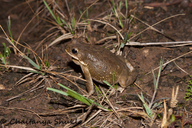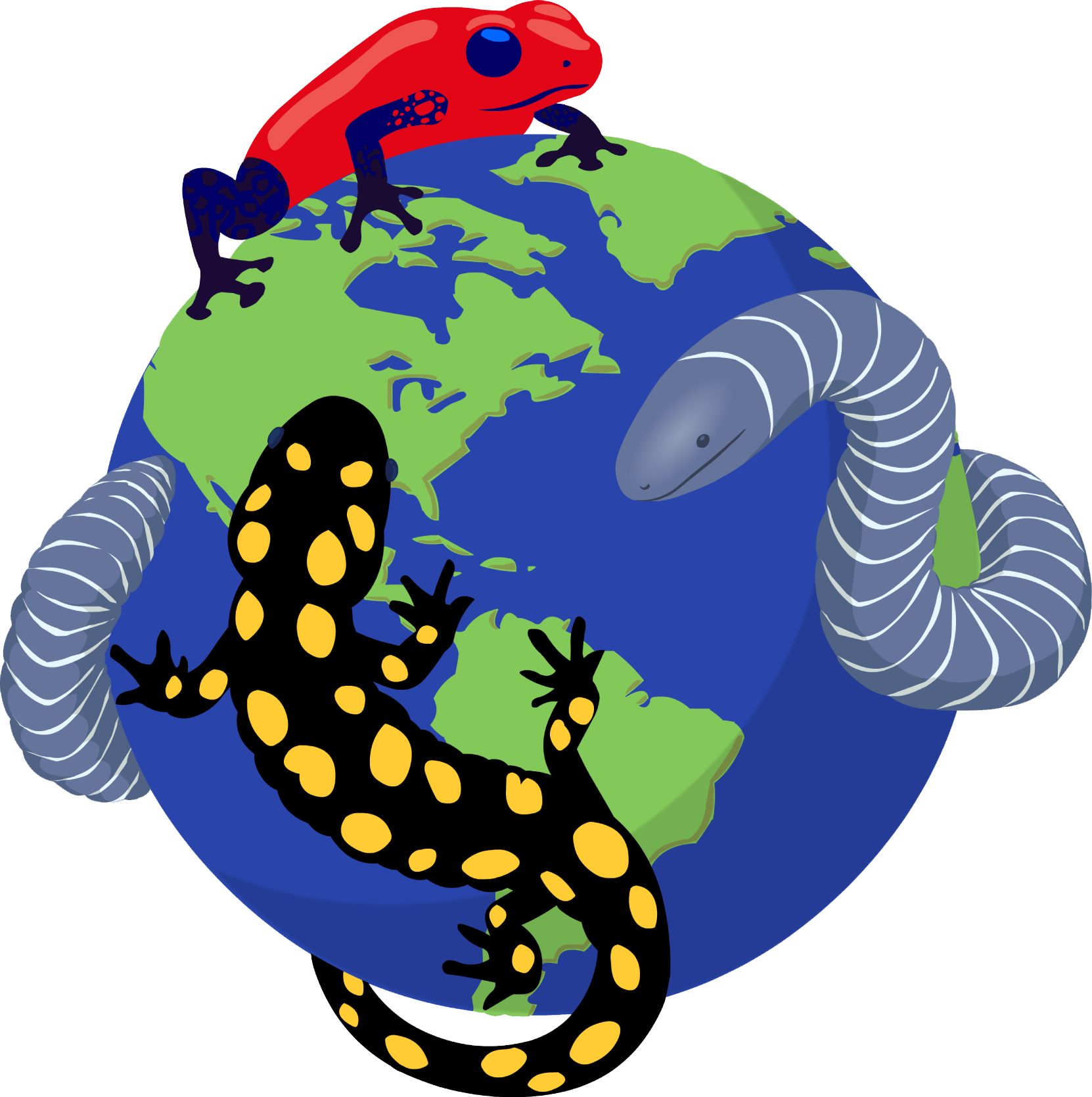|
Duttaphrynus stomaticus (Lütken, 1864)
Indus Valley Toad | family: Bufonidae genus: Duttaphrynus |
 © 2017 Chaitanya Shukla (1 of 10) |
|
|
|
Description Color: Dorsum light gray or olive to almost black, with dark mottling or gray to dark reticulation; upper lip cream. Ventrum dirty white, dark mottling on throat, 3 dark transverse bands on anterior aspect of forearm. Tips of digits dark brown. Distribution and Habitat Country distribution from AmphibiaWeb's database: Afghanistan, India, Iran, Islamic Republic of, Nepal, Pakistan, Sri Lanka
Outside Pakistan: from Bangladesh through the Ganges Plain, peninsular India, Afghanistan, Iran, and Muscat. Life History, Abundance, Activity, and Special Behaviors The gregarious habit of this tadpole continues up to the 36th Stage of development (Khan 1965), later the tadpole becomes solitary and when disturbed takes to the deep water (Khan 1991a; Khan and Mufti 1994b). Larva Trends and Threats Increasing atmospheric temperatures and decreasing rainfall, has affected population of this toad enormously. The ponds and puddles where it breeds during early breeding period (March to May) are mostly dried out killing eggs and tadpoles. Mostly this toad lives in crevices and holes in fields. The use of heavy tractors with long shears, earth out the toads most of them are killed by trampling over. Mortality due to increasing traffic is high. Relation to Humans Possible reasons for amphibian decline General habitat alteration and loss Comments This toad is the most common amphibian in the Indus Valley, however increasing use of chemicals in agricultural fields is taking its toll (Khan, pers com). Additional references: For more references, see here
References
Bisht K, Garg S, Sarmah ANDA, Sengupta S, Biju SD (2021). "Lost, forgotten, and overlooked: systematic reassessment of two lesser-known toad species (Anura, Bufonidae) from Peninsular India and another wide-ranging northern species." Zoosystematics and Evolution, 97(2), 451-470. [link] Daniel, J.C. (1963). ''Field guide to the amphibians of Western India, Part 2.'' Journal of the Bombay Natural History Society, 60(3), 690-702. Khan, M.S. (1968). ''Amphibian fauna of District Jhang with notes on habits.'' Pakistan Journal of Science, 20, 227-233. Khan, M.S. (1991). Morphoanatomical specialization of the buccopharyngeal region of the anuran larvae and its bearing on the mode of larval feeding. Unpublished Ph.D. dissertation, University of the Punjab, Lahore, Pakistan. Khan, M.S. and Mufti, S.A. (1994). ''Buccopharyngeal specializations of tadpole of Bufo stomaticus and its ecological correlates.'' Pakistan Journal of Zoology, 26, 285-292. Khan, M.S. and Mufti, S.A. (1994). ''Oral disc morphology of amphibian tadpole and its functional correlates.'' Pakistan Journal of Zoology, 26, 25-30. Originally submitted by: M. S. Khan (first posted 2002-04-07) Comments by: Michelle S. Koo (updated 2021-11-07)
Edited by: Vance T. Vredenburg, Michelle S. Koo (2022-08-15) Species Account Citation: AmphibiaWeb 2022 Duttaphrynus stomaticus: Indus Valley Toad <https://amphibiaweb.org/species/284> University of California, Berkeley, CA, USA. Accessed Jun 12, 2025.
Feedback or comments about this page.
Citation: AmphibiaWeb. 2025. <https://amphibiaweb.org> University of California, Berkeley, CA, USA. Accessed 12 Jun 2025. AmphibiaWeb's policy on data use. |



 Map of Life
Map of Life